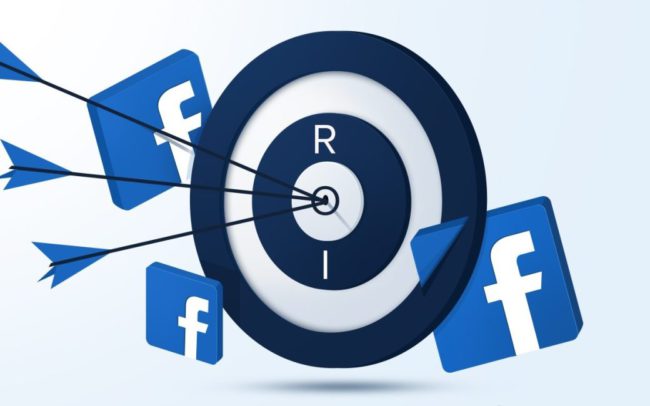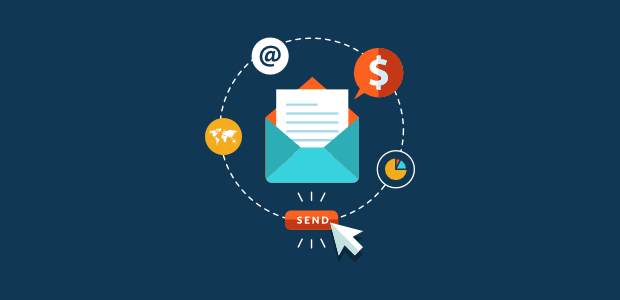Google Ads are an excellent way to make you a worthy competitor in your industry by supplementing your SEO and increasing your brand awareness at a lightning-fast speed. Its optimization capabilities allow you to target your ideal customers directly and measure their engagement in real-time.
But it’s no secret that the tech giant wants you to spend as much as possible. Big-name companies are at each other’s throats for that valuable virtual real estate, and it can be tempting to want to shell out copious amounts of money for a chance to compete at their weight class.
Here are five ways you can run impressive google ads with a modest bidding budget.
Time
No, this isn’t about how long you want your ad to run. If you don’t take the time to learn the platform, you will spend more money than you have to needlessly. Unfortunately, Google Ads isn’t a perfect platform. While incredibly useful, Google Ads has poor customer service and unhelpful, simplistic guides that may make you more prone to preventable errors.
So while the fast-moving business world may make you feel like you can’t sit still, it may serve you best to take a seat when it comes to Google Ads.
Keyword Matching
Beware, do not fall into the trap of Broad Match! When creating your ad, Google will automatically select Broad Match, meaning it will show your ads to the broadest possible audience in relation to your keywords. Now, this may sound enticing but what happens is that Google will show your ad to individuals who aren’t necessarily looking to pick up what you’re putting down. In other words, you’ll be spending money on people who are not interested in your service or product.
For example, you could be selling guitar lessons, so Google Ads may show your ad to someone searching for singing lessons, thus gaining useless, non-targeted impressions and losing cold hard cash. Use Exact Match instead!
Negative Keywords
You can further optimize your ad by choosing what not to target utilizing Negative keywords in the same vein. This way, you can do away with that undesired traffic and lower the costs that come along with it.
Like the example of the guitar lessons, incorporate similar keywords such as singing lessons, violin lessons, or guitars for sale in your Negative Keywords that would attract the wrong audience to your website or landing page.
Wordstream points out that, “According to ClickCease, “free,” “cheap,” and “wholesale” are prime contenders for your negative keywords lists (unless your products are one of those things).”
Cost-Per-Click Limits
While it may seem like a no-brainer, it can be an afterthought if you’re unfamiliar with the Google Ads platform, but be sure to set your CPC limits so that you can keep within your bidding budget worry-free.
Otherwise, Google Ads will automatically run your ads without limits, making it so that you end up paying an excessive amount for a single click on your ad. “I haven’t seen a case yet, where I’d be open to paying an unlimited amount for a single click. We’ve seen huge savings on campaigns by simply setting CPC limits,” says Luke Szkudlarek of Markletic.
Low-Quality Ad Copy
The briefest ad copy must be crafted with care. Even with clicking all the correct settings, if you skip out on good copy, you better believe you’re wasting your time and money. Impressive ad copy is tedious, as it aims to organically incorporate your main keywords, as well as effortlessly promote your business.
“If your keywords are not present in the copy of your ad and you don’t establish value, you’ll pay the price at a higher cost per click.
Here’s in layman’s terms how Google will look at it:
- Good Ad – You pay $1 for a click
- Poor Ad – You pay $4 for a click,”
Demonstrates Sr. Digital Strategist of DeltaV Digital, Carter Poore.
As you can see, garnering a thorough knowledge of the Google Ads platform is imperative to keeping your ad spending reasonable and your ROI high. Nurturing your technical street smarts is a surefire way to craft a marketing strategy that helps your company thrive in a sea of industry titans. And if you’re on the verge of making that marketing breakthrough, let our investors at Jenfi make your dream come true by providing you with the marketing funds you need to succeed. Complete our short online application today to see if you qualify!

















